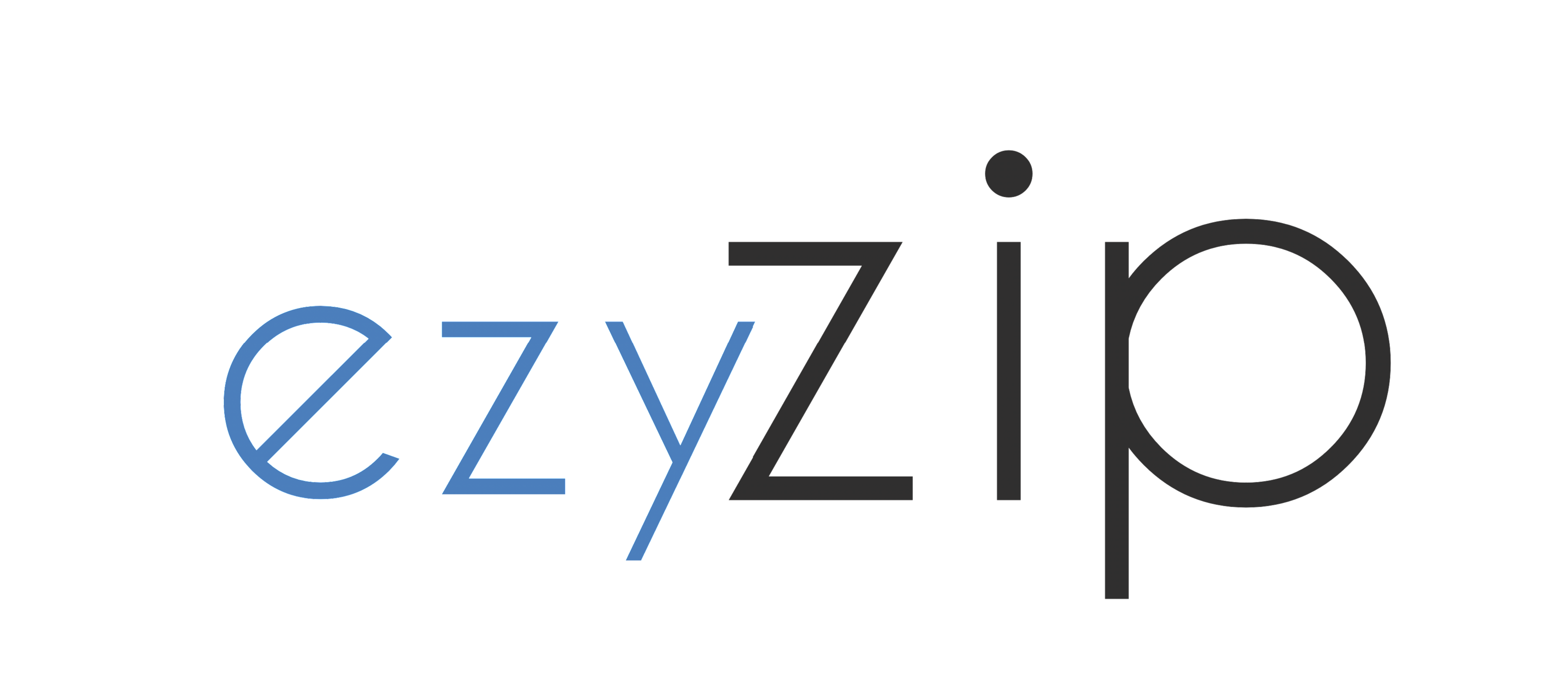Duke Ellington is a name that stands tall in the world of jazz. His orchestra was groundbreaking, not only for its brilliant instrumental arrangements but also for its unforgettable collaborations with singers. The unique style of Ellington jazz orchestra music with singers is called vocal jazz, a genre that merged swinging orchestral sounds with soulful vocals. This blend created an unmistakable sound that continues to inspire jazz enthusiasts and musicians alike.
In this blog post, we’ll dive deep into what makes Ellington’s vocal jazz so special, how it shaped the world of music, and explore some of the iconic singers who helped elevate his orchestra to legendary status.
What Is Ellington Jazz Orchestra Music with Singers Called?
At its core, Ellington jazz orchestra music with singers is called vocal jazz—a sophisticated genre where vocalists and instrumentalists collaborate to create harmonious, swinging music. Ellington’s orchestra did something unique by integrating singers into his already complex and innovative arrangements. His ability to blend rich instrumental harmonies with the smooth voices of iconic singers like Ella Fitzgerald and Billy Strayhorn set a new standard in jazz.
This style of jazz emerged during the swing era when big bands ruled the airwaves. But Ellington’s use of singers was different. His vocalists were not just embellishments to the band; they were integral parts of the music, elevating songs to a whole new level.
Why Is Ellington’s Vocal Jazz So Unique?
Duke Ellington’s genius lay in his ability to blend different musical elements into a cohesive, innovative sound. The combination of his orchestra’s complex, multi-layered instrumentation with a singer’s voice gave his music emotional depth and narrative power.
1. Perfect Collaboration of Instruments and Vocals
One of the standout features of Ellington’s vocal jazz was the seamless interaction between the band and the singer. The orchestra didn’t just accompany the singer; it often echoed, challenged, and complemented the vocal lines. This created a conversation between the vocals and instruments that added dimension to the music.
2. Storytelling Through Music
Ellington’s songs with vocalists told stories—whether about love, loss, or the simple joys of life. Singers like Ella Fitzgerald would often use their voices as another instrument in the orchestra, moving from lyrical interpretations to scatting, a technique where singers use nonsensical syllables to improvise melodies.
3. Masterful Arrangements
Ellington was a master of orchestral arrangement, and when he added singers to the mix, his compositions became even more intricate. He would arrange the music in such a way that the singer’s voice would weave in and out of the band’s melodies, making each performance feel organic and fresh. This is why the Ellington jazz orchestra music with singers is called vocal jazz—it’s a perfect union of voice and instrumentation.
Iconic Singers Who Defined Ellington’s Vocal Jazz
Several legendary singers collaborated with Duke Ellington, each bringing their unique style and flair to his music. Here are just a few of the most notable:
1. Ella Fitzgerald
Known as the “First Lady of Song,” Ella Fitzgerald’s collaborations with Duke Ellington resulted in some of the most celebrated vocal jazz recordings. Her incredible range and ability to swing with the best of them made her an ideal fit for Ellington’s orchestra.
2. Billy Strayhorn
Although best known as Ellington’s arranger and composer, Strayhorn was also an accomplished singer. His velvety voice was often heard on Ellington’s recordings, adding a layer of emotional complexity to the music.
3. Ivie Anderson
One of the earliest vocalists to work with Ellington, Ivie Anderson’s smooth, bluesy voice became a hallmark of Ellington’s early vocal jazz works. Her performance of “It Don’t Mean a Thing (If It Ain’t Got That Swing)” is still considered one of the definitive versions of the song.
The Lasting Influence of Ellington’s Vocal Jazz
The legacy of Ellington’s vocal jazz is profound. His ability to blend the instrumental and the vocal paved the way for future generations of jazz musicians. Vocal jazz continues to thrive today, thanks to the groundwork laid by Ellington and his collaborators.
1. Jazz Standards
Many of the songs performed by Ellington’s orchestra with singers became jazz standards, including classics like “Sophisticated Lady,” “Mood Indigo,” and “Prelude to a Kiss.” These songs are still performed today by jazz musicians around the world.
2. Inspiration for Modern Artists
Ellington’s vocal jazz has inspired countless modern jazz and pop artists. Singers such as Norah Jones and Gregory Porter have acknowledged Ellington’s influence on their music. The intricate interplay between vocals and instruments that Ellington pioneered can still be heard in contemporary jazz and soul music.
Conclusion
Ellington jazz orchestra music with singers is called vocal jazz, a genre that revolutionized the jazz landscape. By combining the swinging rhythms of his orchestra with the soul and emotion of vocalists, Ellington created timeless music that continues to resonate with listeners today. His ability to seamlessly integrate the human voice into complex jazz arrangements remains unmatched and a testament to his genius.
Frequently Asked Questions (FAQs)
1. What is Ellington jazz orchestra music with singers called?
It is called vocal jazz, a genre that blends the sounds of Duke Ellington’s orchestra with the voices of iconic singers.
2. Who are some famous singers who performed with Duke Ellington?
Notable singers include Ella Fitzgerald, Billy Strayhorn, and Ivie Anderson.
3. How did Duke Ellington change jazz with vocalists?
Ellington elevated the role of vocalists by integrating them into his orchestra’s arrangements, allowing the voice to interact with the instruments in innovative ways.
4. What makes Ellington’s vocal jazz unique?
Ellington’s ability to create a dialogue between the vocals and the orchestra made his music dynamic, emotionally rich, and enduring.
5. Is vocal jazz still popular today?
Yes, vocal jazz continues to inspire modern artists, and many of the songs from Ellington’s era remain jazz standards.
6. What are some of Duke Ellington’s most famous vocal jazz recordings?
Some famous recordings include “It Don’t Mean a Thing (If It Ain’t Got That Swing)” and “Mood Indigo.”

